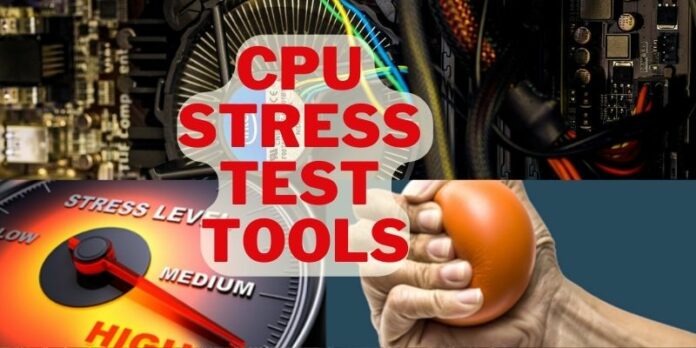It is an indisputable fact that increasing your CPU’s performance can be daunting. Many CPU Stress Test Tools can monitor and diagnose your hardware, allowing you to maintain a steady supply of information about your PC’s performance.
Some of these tools are more complex and technical, while others make it a point to be as simple and easy to use as possible. For this reason, we’ll present you with 10 easy CPU stress testing tools to help you test and diagnose your computer.
What Is A Stress Test?
A CPU (Central Processing Unit) is the nerve center of a computer, which is in charge of carrying out all computation duties. A CPU stress test or benchmark can ensure your processor runs optimally.
What Are The Benefits Of Running A CPU Stress Test?
While a CPU stress test can show you how well your computer performs so you know if you have a slow computer, there are many other benefits.
For example, running a CPU stress test may help optimize processor usage. This can help you save memory and make your system run faster in the long run.
How To Use A CPU Stress Test Tool
These tools are designed to tax your computer’s processor to its limits and monitor how it handles this burden. Let’s look at how you can use these tools to optimize the performance of your computer by running a CPU stress test.
#1 Step: Download a free CPU stress testing tool for Windows
#2 Step: Download and install CPU stress testing software
#3 Step: Run the CPU stress test.
Best 10 CPU Stress Test Tools
A CPU stress test program can help you identify any problems that might arise that could ultimately cause your computer to slow down or stop functioning correctly. These 10 best CPU stress tests make it easy to maintain your system, saving you time.
| Name of software | Used for | Cost |
| LoadTracerues | CPU | Free |
| Locust | CPU | Free |
| Prime95 | Processor stress test | Free |
| BlazeMeter | CPU | $99 per month |
| MemTest86 | RAM | $44 per month |
| MSI Afterburner | GPU | Free |
| CPU Expert | CPU | Free |
| Cinebench | Processor | Free |
| Stress-ng | RAM | Free |
| 3DMark | GPU | $29.99 per month |
1. Load Tracerues
Load Tracerues is excellent because it allows you to track your CPU usage while running different tests. This is great for keeping track, and all these programs are free except for the burn-in tests.
Features
- User-friendly interface
- Using the Simulator and script, generate virtual users
- Has full support for Windows 10 & 8/8.1
2. Locust
Locust is a CPU stress test software designed to test the stability of the CPU by simulating an intensive workload. It can be treated as a virtual machine that gives you access to various CPUs and devices like graphics cards, network cards, disk controllers, and audio devices.
Features
- Locust can simulate both single-threaded and multithreaded situations
- The application is compatible with Windows Vista and later
- It’s open-source and free to use
- It has a good control panel that allows you to adjust settings while testing
3. Prime95
Prime95 test is probably the most well-known CPU stress testing tool out there. This tool was initially designed to find flaws in the mathematical library in Microsoft Windows and later expanded to be used as a stress test.
Features
- A multithreaded CPU stress test
- It puts the CPU to the test (see below for details)
- Scenes are presented as charts that you can save and view later
- You can also set up custom scenarios for testing specific CPUs, devices, or types of memory
- It supports Mac OS, Windows, FreeBSD, and Linux.
4. BlazeMeter
BlazeMeter is a cloud-based load-testing service that allows you to perform high-volume, automated testing of your web application, API, and website.
The platform will enable you to utilize a built-in Virtual User Generator, Request Workload Control, and a Load Simulator for flexible automation and manual testing.
Features
- Automate your load testing to accelerate DevOps and deliver high-value applications in less time
- Combine real users with virtual user-generated traffic
- Test using real browser versions
- Provide comprehensive analytics and real-time reporting
5. MemTest86
MemTest86 is a free utility designed to stress test computers and test the computer’s RAM. It is open source, so you can download a copy and make any changes you want to the application as long as it is used for non-profit purposes. It uses the latest technology and different algorithm.
Features
- It’s bootable
- It can identify faulty RAM modules
- It features customizable reports and reports file generation
- It is compatible with all versions of Windows
6. MSI Afterburner
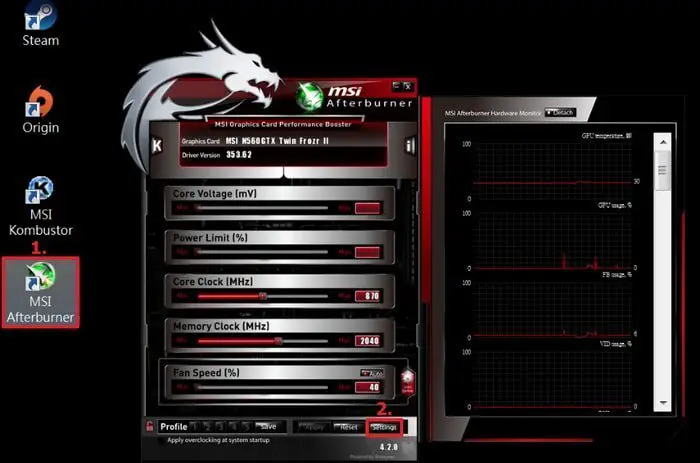 MSI Afterburner is a free CPU stress test application for overclocking and monitoring. It is compatible with multiple GPUs and peripherals, making it a good choice for stress testing.
MSI Afterburner is a free CPU stress test application for overclocking and monitoring. It is compatible with multiple GPUs and peripherals, making it a good choice for stress testing.
Features
- Control GPU clock, voltage, and fan speed in real-time
- Video recording
- It supports all kinds of graphics
7. CPU Expert
CPU Expert is an overclocking tool that can boost your CPU & hard drive to their maximum potential. You can set the load level and system speed, and the application will monitor the parameters. It has a free-to-use demo that can handle up to three clock speeds and voltages.
Features
- It supports more than 90 AMD stress tests and Intel processors
- Monitors temperatures, voltages, and fan speeds
- Provides support for different benchmark tests
8. Cinebench
Cinebench is a single-threaded benchmark. It’s a great tool because it tests CPU and GPU intensively. It is a multithreaded test that can be used to optimize the system. It supports both Mac and Windows. Realistic 3D scene rendering tests video card performance.
Features
- Intuitive interface with support for advanced options
- Supports different benchmark tests
- Show the result in points
9. Stress-ng
Stress-ng is an open-source Linux CPU stress test environment. It has been designed to simulate the infrastructures of servers and workstations, including multi-core processors with Hyperthreading support.
It supports hardware components such as network interfaces, storage controllers, and NICs. Stress-ng is primarily intended to be used on Linux systems for testing purposes.
Features
- Over 200 stress tests
- Overheating tests
- Memory management tests
- Performance and stability tests
- Memory leaks, use-after-free, buffer overruns, and other memory corruptions
10. 3DMark
3DMark is a tool used to test the performance of your computer. It uses a few different types of benchmarks to determine how well your system performs. This is a tool designed for testing GPU stress.
Each benchmark tests a particular CPU and GPU performance aspect and combines them to determine the overall score.
Features
- The 3DMark suite includes Instinct, Fire Strike, and Ice Storm benchmarks
- It is provided with source code, which allows you to compile it on Linux or Mac OS X.
- DLSS test
- It supports tablets, smartphones, notebooks, and desktops
How to Stress Test CPU
To know how powerful your CPU is, you must stress test it. The following steps will help you do just that.
#1 Step: Download Prime95 on your pc
#2 Step: Unzip and install it
#3 Step: Run the program
#4 Step: Go to the options tab and click “Start a Stress Test. “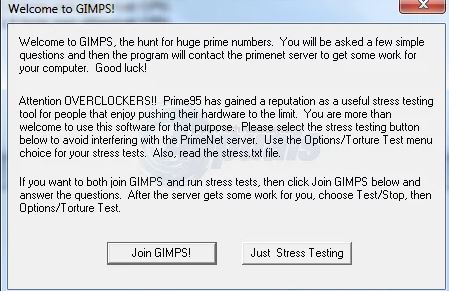
#5 Step: Click the Test button and wait for the program to complete the test.
How to Stress Test RAM
Regarding your computer’s hardware, ensuring enough RAM is one of the most important aspects of maintaining a dependable and fast machine. However, even if you are sure that your computer has the RAM it needs, there is still one thing to be wary of:
Stress Testing Your RAM –
#1 Step: Download Memtest86 and burn it to a CD-R 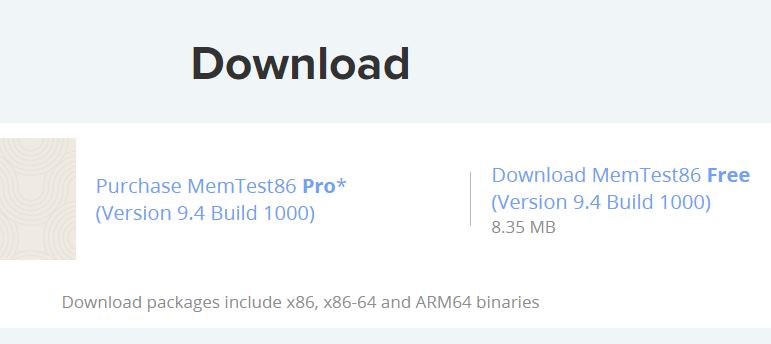
#2 Step: Boot up your computer 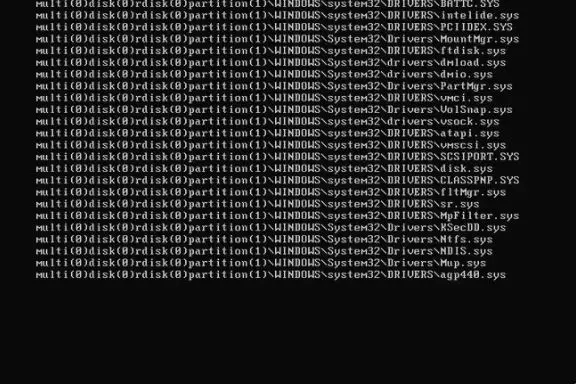
#3 Step: Once at the DOS prompt, type in memtest86 (without the quotes) and hit return.
#4 Step: If you have reached the main screen, you should see a “PASS” message in the upper left corner.
#5 Step: If not, let’s try this process again.
How To Stress CPU And GPU At The Same Time
You must run a single-threaded or multithreaded program to stress the CPU or GPU individually. Your CPU is doing one task while your GPU is busy with another. This can cause stuttering and lag – but only if you run a single-threaded application on your CPU.
Here’s how to avoid that:
#1 Step: Download Process Explorer. 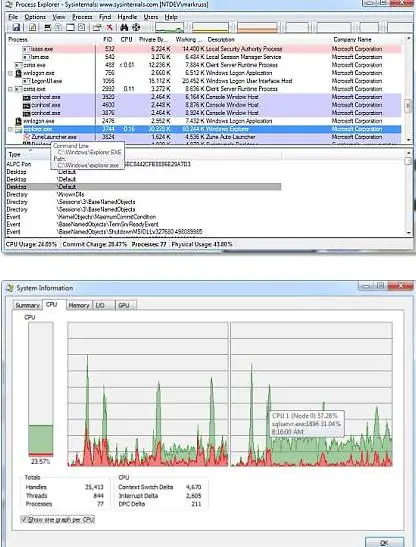
#2 Step: Open Process Explorer.
#3 Step: Go to the ‘Processes’ tab and double-click the process you want to stress.
#4 Step: Go to the ‘Threads’ tab. 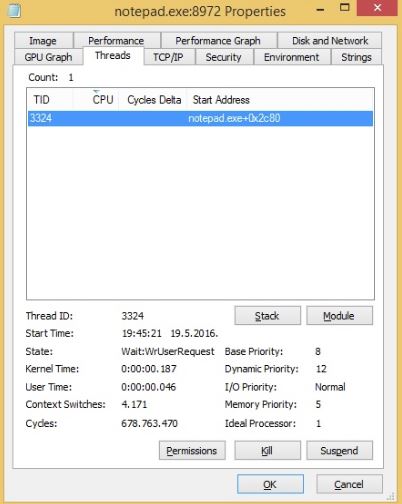
#5 Step: Double-click the thread that you want to stress.
#6 Step: On the ‘Performance’ tab, tick the ‘Rate’ box.
#7 Step: Click OK and close Process Explorer.
#8 Step: Now run your single-threaded application or game – and enjoy your stress-free system!
Can CPU Stress Test Damage CPU?
No stress test can’t cause damage to your computer’s CPU; this is just a myth. Computers need to be stress tested because they have much more redundancy, preventing any overclock or unsafe operation.
So, it is up to you if you want to try to stress test your CPU, but we recommend testing everything else before trying to stress test your system.
Synthetic Monitoring vs. Real User Monitoring Comparison
A web analytics company aims to provide actionable insights to help improve marketing campaigns. The process involves collecting data, processing it, and using algorithms to generate reports and charts. Two main types of web analytics measurement are Real User Monitoring (RUM) and synthetic monitoring (SM).
Pros of synthetic monitoring:
- User friendly
- Reliable -More reports and charts
- Compatible with all browsers
- Reliable (less false positives)
- Fix problems proactively
Cons of synthetic monitoring
- It takes a long time to build a data model
- Simulate customer transactions
Pros of the actual user monitoring
- Accurate data
- Detect major problems
- Compatible with all browsers
Cons of the actual user monitoring
- Frequent false positives
- It makes it hard to detect significant problems
FAQs
Does overclocking reduce CPU lifespan?
Overclocking increases the clock speed of your computer’s processor and RAM. It’s something that was developed to improve system performance. There are some downsides to this process, however. It can shorten the lifespan of the CPU due to heat and power requirements from increased performance.
What RPM should a CPU fan run at?
Your CPU cooler should only run at a minimum of 400-1200 RPM. Anything less and your CPU will fail faster due to reduced life cycles.
How many years does a CPU last?
There’s no set number of years that your CPU will last. It largely depends on the usage and quality of the components. However, the lifespan of a CPU is typically between 7-10 years with proper care.
How long does a GPU stress test last?
Basic stress tests for graphics cards can last anywhere from 1-2 hours, depending on the components used in the trial.
How do I use 100% of my CPU?
Open up Task Manager. Once in the Task Manager, go to the Performance tab and click the CPU button. Right-click on each core individually to see which is used less than the rest. Then, open a program with the least CPU and switch your priority to that program.
Final Thought
We hope this article has given you some great suggestions on which CPU stress test tools you can use. Keep these in mind, and you can always revise your choice if you dislike one. Please let us know in the comment box below if you have more tips or suggestions.





